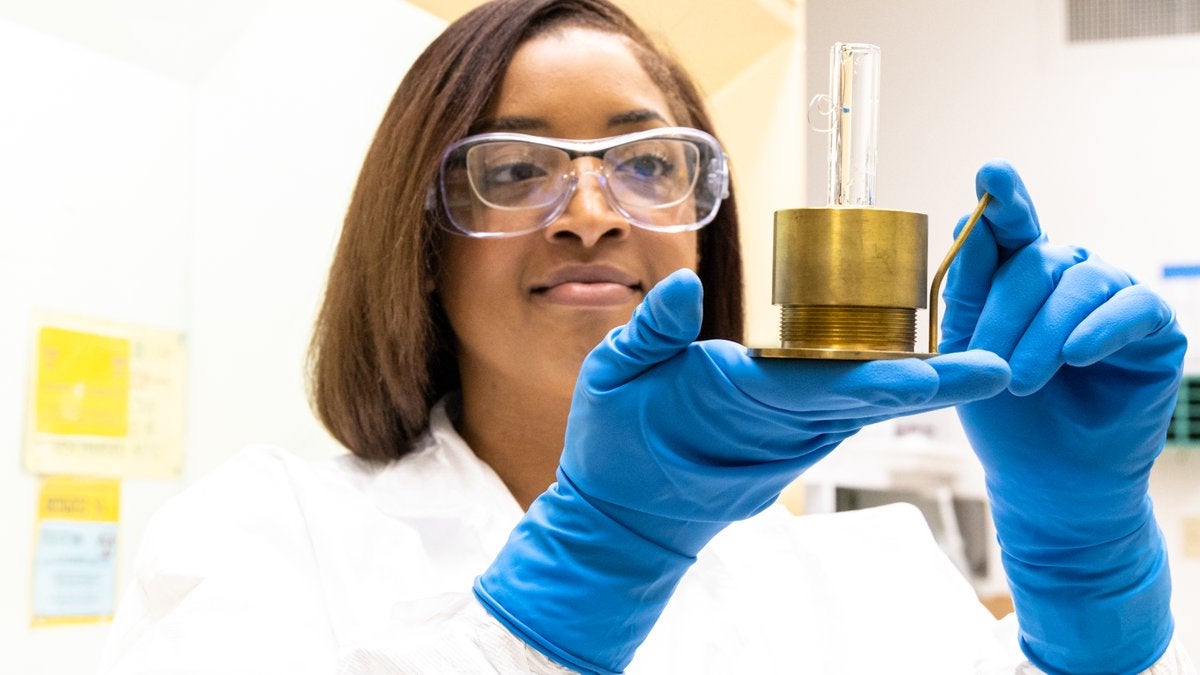


Clarice Phelps is a trailblazing scientist who gave new meaning to the phrase “having a seat at the table” when she became the first Black woman to help discover a new element on the periodic table. The element is known as Tennessine (Ts), number 117, and is classified as a halogen.
“Taking a seat at the periodic table didn’t happen overnight; it was a 20-year journey,” she said in an interview with her alma mater, Tennessee State University.
Phelps began studying chemistry at a young age. Her mother gave her a microscope as a child, and she frequently experimented with mixtures in the kitchen of her home, CNN reports. In high school, she further developed her interest in science in chemistry class.
She earned her bachelor’s degree in chemistry from Tennessee State University in 2003 and then pursued a master’s degree in Nuclear and Radiation Engineering at UT Austin. Phelps served in the Navy for four years, applying her chemistry knowledge to work with radioactive materials.
She continued her journey at the Oak Ridge National Laboratory, where she worked on purifying chemicals. These purified substances were sent to Germany and Russia for use as target materials for producing atomic number 117 (Ts).
According to US census data, women make up half of the US workforce, but only 27% work in STEM fields; of those, only 2% are Black women, according to 2015 National Science Foundation data.
“For the first 18 years of my career, I was the only Black woman in my field. When I was in the Navy, I was the only Black girl in my division. Afterwards in my lab, I was the only Black woman in the whole facility – and initially they thought I was the janitor,” she told CNN, sharing that it had been requested that she grab the trash.
“It’s isolating,” said Phelps, who after also served as an engineering laboratory technician aboard the USS Ronald Reagan. “You feel like you have to represent your entire race and [ascend] the racial stereotypes … especially in nuclear and radiochemistry.”
The periodic table was officially updated to include Tennessine in 2016, according to Phelps. She was surprised when she learned she was the first Black woman to discover an element in 2019 when she was recognized by the International Union of Pure and Applied Chemistry (IUPAC).
“I had to Google it, and I still was in disbelief. However, I thought about me — as a little girl, desperately looking for someone like me in science who was an inspiration, and it changed my perspective,” she said.
Phelps is currently studying for her PhD in Nuclear Engineering. She hopes the discovery will positively impact the community.
“It will change the small yet-growing community of African American scientists and other scientists from marginalized communities,” she said in a statement. “Being able to see something of themselves, to feel the common struggles that I share in this journey, to know the common invisibility of our impact on the scientific community, will be significant.”







